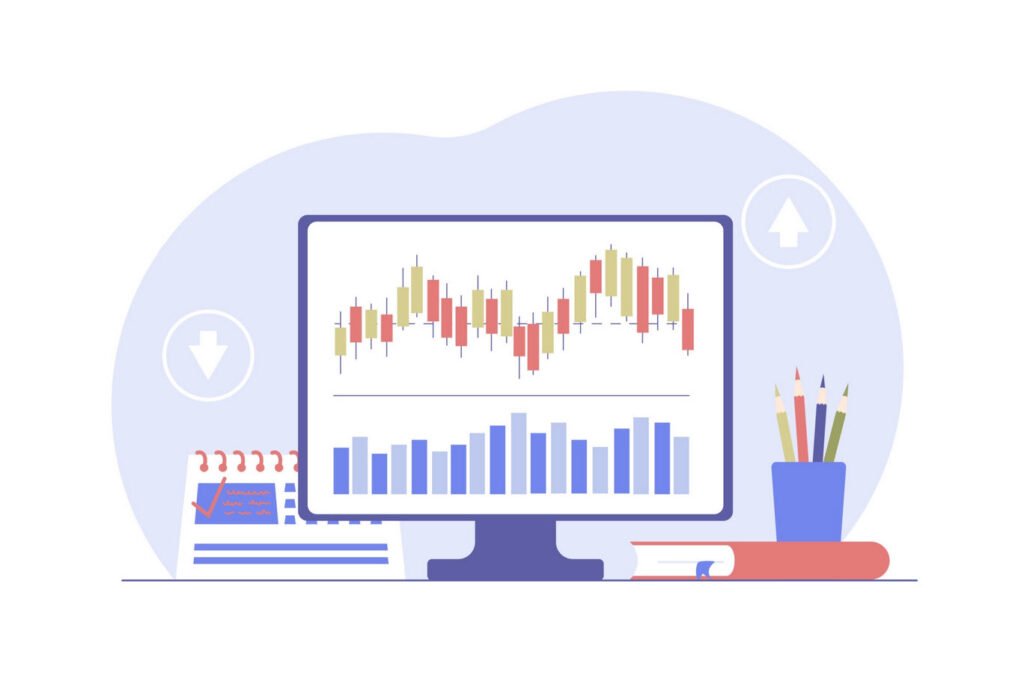
Here is some information on each of the 7 charts that every investor needs to see:
1. The Psychology of a Market Cycle
This chart shows that market cycles typically start with an accumulation phase, where investors are cautiously optimistic and buying stocks. This is followed by a bull market, where prices rise rapidly due to increased optimism and buying.
The peak of the market is followed by a distribution phase, where investors become more cautious and start selling. This leads to a bear market, where prices fall rapidly due to increased pessimism and selling. The bottom of the market is followed by a re-accumulation phase, where investors become more optimistic and start buying again, leading to a new bull market.
2. A history of stock market returns (going back to 1896)
This chart shows that the stock market has historically provided positive returns over the long term, despite short-term volatility. The average annual return for the S&P 500 index from 1928 to 2020 was around 10%, but there were significant fluctuations from year to year.
3. Largest companies by market cap (and how they’re always changing)
This chart shows that the largest companies by market capitalization are constantly changing. For example, in 2021, the five largest companies by market cap were Apple, Microsoft, Amazon, Alphabet (Google), and Facebook. However, this list is likely to change over time as companies grow and shrink.
4. Compounding Explained Simply
This chart shows how compounding works and how it can help investors grow their wealth over time. Compounding is the process of reinvesting earnings, so that the earnings themselves start to earn money. Over time, this can lead to exponential growth in investment returns.
5. Average investors historically underperform with returns
This chart shows that the average investor has historically underperformed the stock market. This is due to a number of factors, including emotional decision-making, chasing hot stocks, and high fees.
To avoid under performance, investors should focus on low-cost, diversified investments and avoid making emotional decisions.
6. Politics don’t affect longer term stock market returns
This chart shows that the stock market has historically provided positive returns regardless of which political party is in power. In fact, the stock market has historically performed better under certain conditions, such as divided government or a strong economy. Investors should avoid making investment decisions based on political events and focus on long-term fundamentals.
7. Understand that bear markets and down years are a normal and necessary part of long term investing
This chart shows that bear markets and down years are a normal part of investing in the stock market over the long term.
While they can be painful in the short term, they are necessary for the market to function properly and provide opportunities for investors to buy stocks at lower prices. Investors should stay disciplined, remain diversified, and avoid making emotional decisions during times of market volatility.








